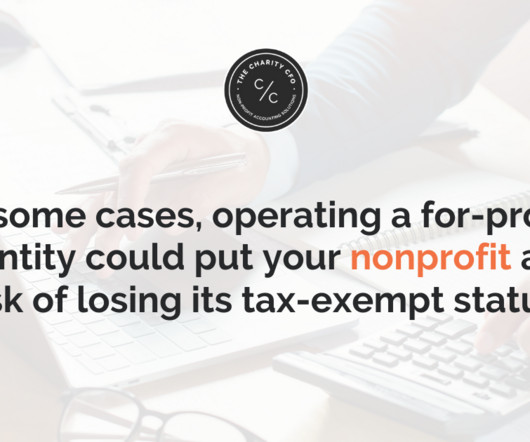The Fundraising Trends of 2019 You Don’t Want to Miss
NonProfit Hub
JULY 9, 2019
DAFs involve donors who gain tax benefits as a result of taking part in charitable contributions. This is a result of tax law reforms that introduced a program that allows small DAFs to minimize their tax liabilities by taking part in charitable contributions. In 2017, the number increased by 60%.











Let's personalize your content